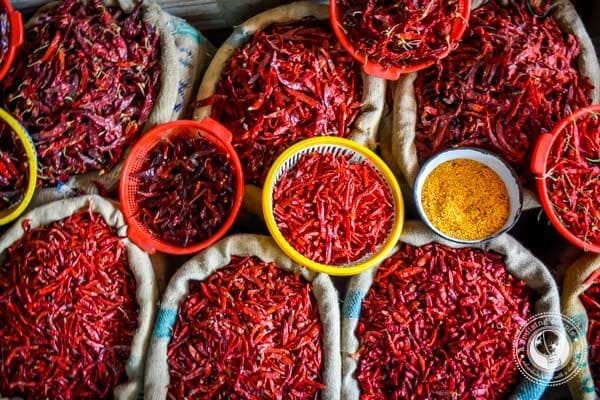India is known as the land of spices, and rightly so, as the country has been producing and exporting a wide range of spices for centuries. Spices play a significant role in the Indian economy, both in terms of revenue and employment.
India is the largest producer, consumer, and exporter of spices in the world. The country produces more than 60 types of spices, including cumin, coriander, turmeric, chili, fennel, fenugreek, and many more. These spices not only add flavor to the food but also have several medicinal properties. The demand for Indian spices has been growing worldwide, with the export of spices reaching $4 billion annually.
The spice industry is a significant contributor to the Indian economy. It provides employment to more than 5 million people, including farmers, traders, processors, and exporters. The spice industry is mainly driven by small and medium-sized enterprises, which contribute significantly to the growth of the economy. The sector also provides income to many rural households, making it an essential source of livelihood in many parts of the country.
The Indian government has been taking several steps to promote the growth of the spice industry. The government has set up various institutions, including the Spices Board of India, to provide support and guidance to the industry. The board helps in the development of the industry by providing infrastructure, marketing support, and quality certification. The government has also implemented various policies to increase the export of spices, such as the Foreign Trade Policy and the Agricultural Export Policy.
The spice industry in India faces several challenges, such as climate change, disease outbreaks, and poor infrastructure. Climate change has been affecting the production and quality of spices, leading to lower yields and increased prices. Disease outbreaks, such as the recent outbreak of bird flu, have resulted in the culling of poultry, leading to a decline in the production of spices such as pepper, which is used as a feed for poultry.
Poor infrastructure is another challenge faced by the spice industry in India. The lack of proper storage facilities, transportation, and processing units has led to a decline in the quality of spices and an increase in post-harvest losses. The government has been taking measures to address these issues by setting up cold storage facilities and investing in the development of infrastructure.
The Indian spice industry has been facing tough competition from other countries, such as Vietnam, Indonesia, and China. These countries have been producing and exporting spices at lower prices, making it difficult for Indian exporters to compete in the international market. To address this issue, the Indian government has been taking steps to improve the quality of Indian spices and provide them with certifications, such as the Geographical Indication (GI) tag, which will help in differentiating them from other spices and increasing their demand in the global market.
In conclusion, the spice industry is an essential part of the Indian economy, providing employment and income to millions of people. The industry has been facing several challenges, but the government has been taking steps to address them and promote the growth of the industry. The demand for Indian spices has been growing worldwide, and with the right support and guidance, the industry has the potential to contribute significantly to the country’s economy in the coming years.










